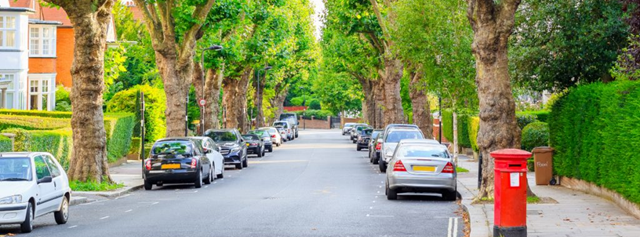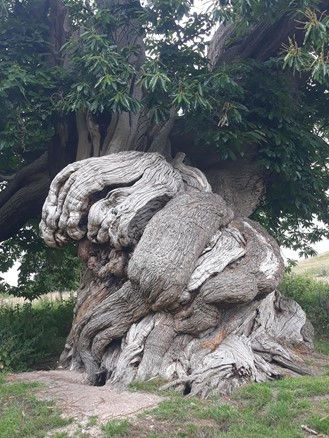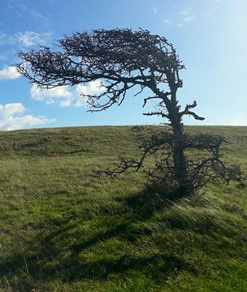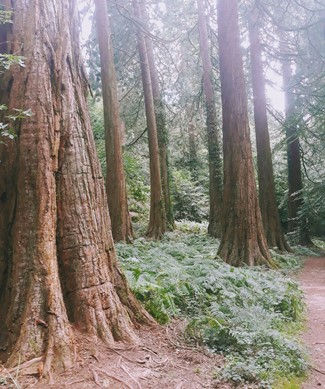Trees In Urban and Rural Landscapes
- danielle3198
- Oct 21, 2020
- 2 min read
Updated: Jul 31
By Stuart Hocking, BA(Hons) DipLa CMLI HND(For)

The wildlife habitat benefits of trees within the landscape are well documented but very often people forget about other perhaps equally important benefits.
Asset value: The London iTree-Eco-Project survey considered carbon capture, rainwater interception, the removal of air pollution, building energy savings and building energy carbon avoided, and the tree resource was valued at £132.7 million per year.
Over recent years there have been numerous systems developed for putting a monetary value on amenity trees and their replacement. These include the Helliwell system and more recently the CAVAT (Capital Asset Value for Amenity Trees) system. Both systems have been successfully used in court cases, insurance claims and public inquiries. Essentially each system is helping to distinguish trees as assets rather than liabilities.
Flood Defence: Trees are hugely important in river catchment areas for long term flood defence as well as slowing down rainwater runoff locally in built up areas.
Food: Food is produced on trees in orchards, but also within the public realm. More fruit producing trees are being incorporated into landscape schemes that also include hedgerow species. In the past these resources have been somewhat under-utilised by the public, but in the present climate the importance of free delicious food is even greater.
Heat Island Effect: Trees help to reduce the heat island effect in built-up areas by cooling the air. They also provide much needed shade in built up areas.
Human health: Apart from pollution capture, trees are tremendous for well-being; physically and mentally.
Property Value: Generally speaking, people prefer living in an environment with a good level of tree cover.

The list goes on, but the aesthetic benefit of some trees in particular, whether in groups or individually is a subjective quality that is often under appreciated. Over the last few months I have been documenting trees of all ages that have architectural and sculptural benefits that I think defy putting a realistic monetary value on.
The ancient Sweet Chestnut photographed near Sevenoaks is, I think, a priceless work of art. As are the grove of Wellingtonia near Bristol.

Another specimen such as the blasted hawthorn, high on the South Downs Way in East Sussex is so evocative of the lonely windblown coastal location.
Many trees of course have a more mundane appearance but may still have a very personal attachment with members of the community.

It is incredibly difficult to realise just how important trees are to us, as the typical lifespan of a tree is well beyond our cognisance, but with careful planning and design and management, the future benefits of existing as well as proposed trees are literally endless.
.png)
Comments